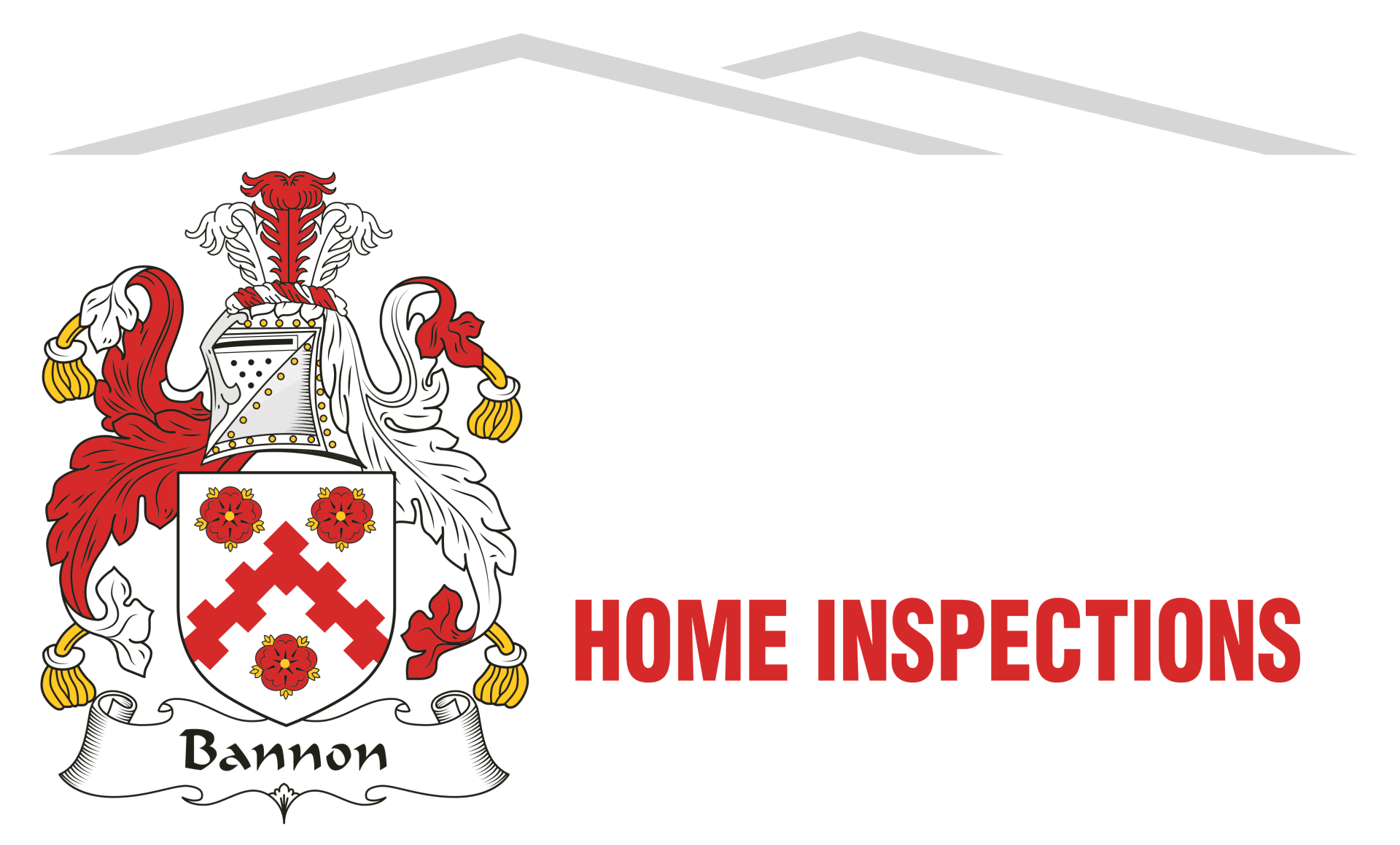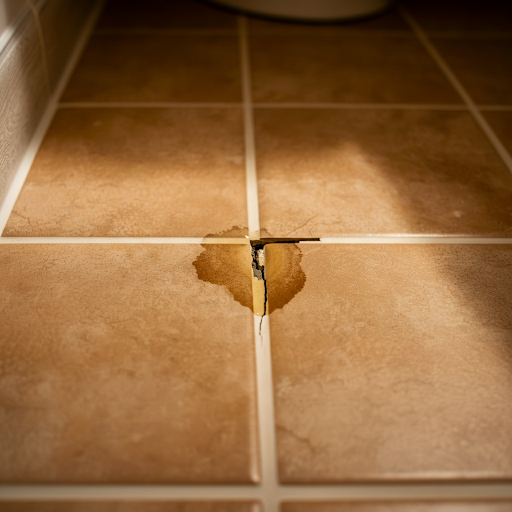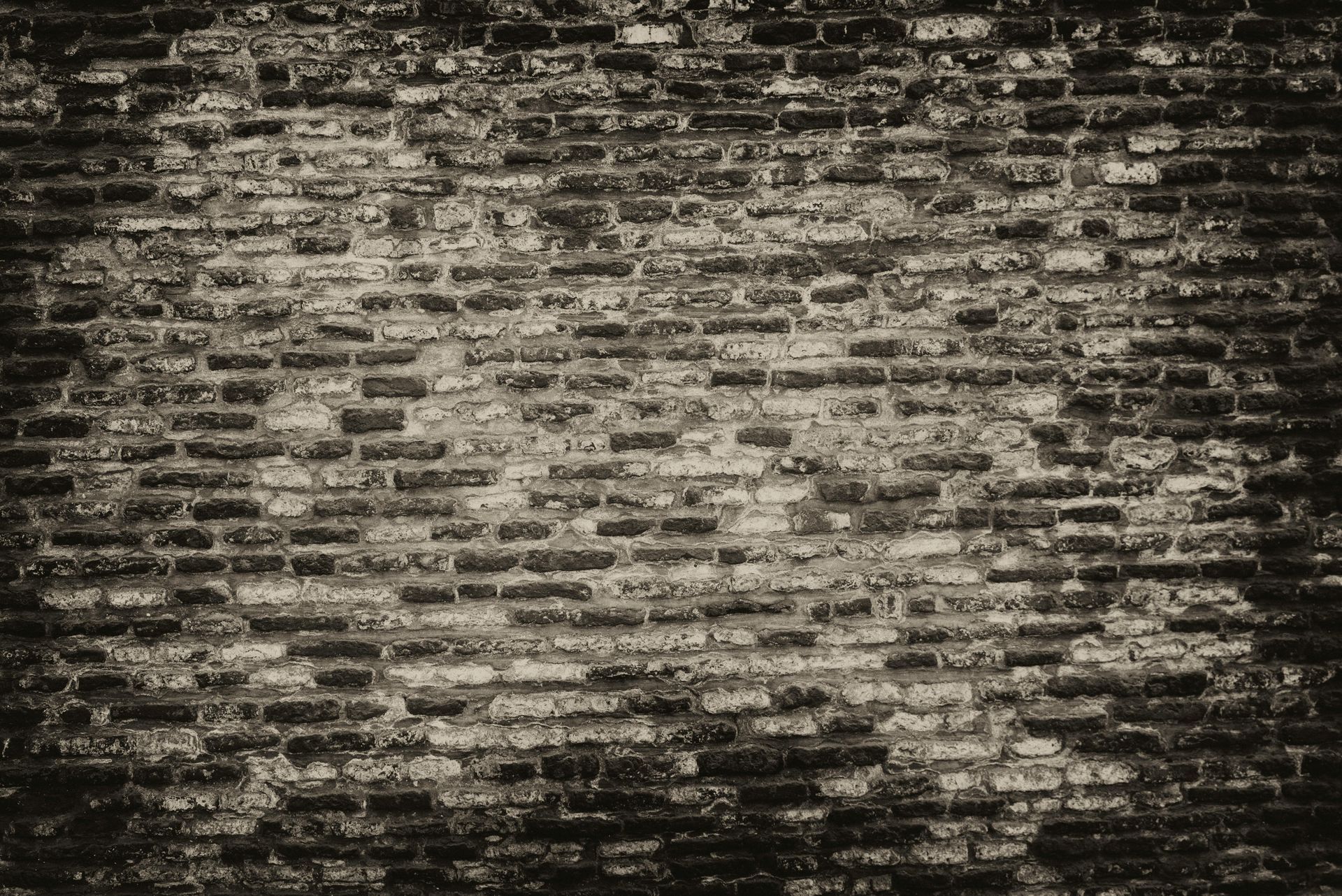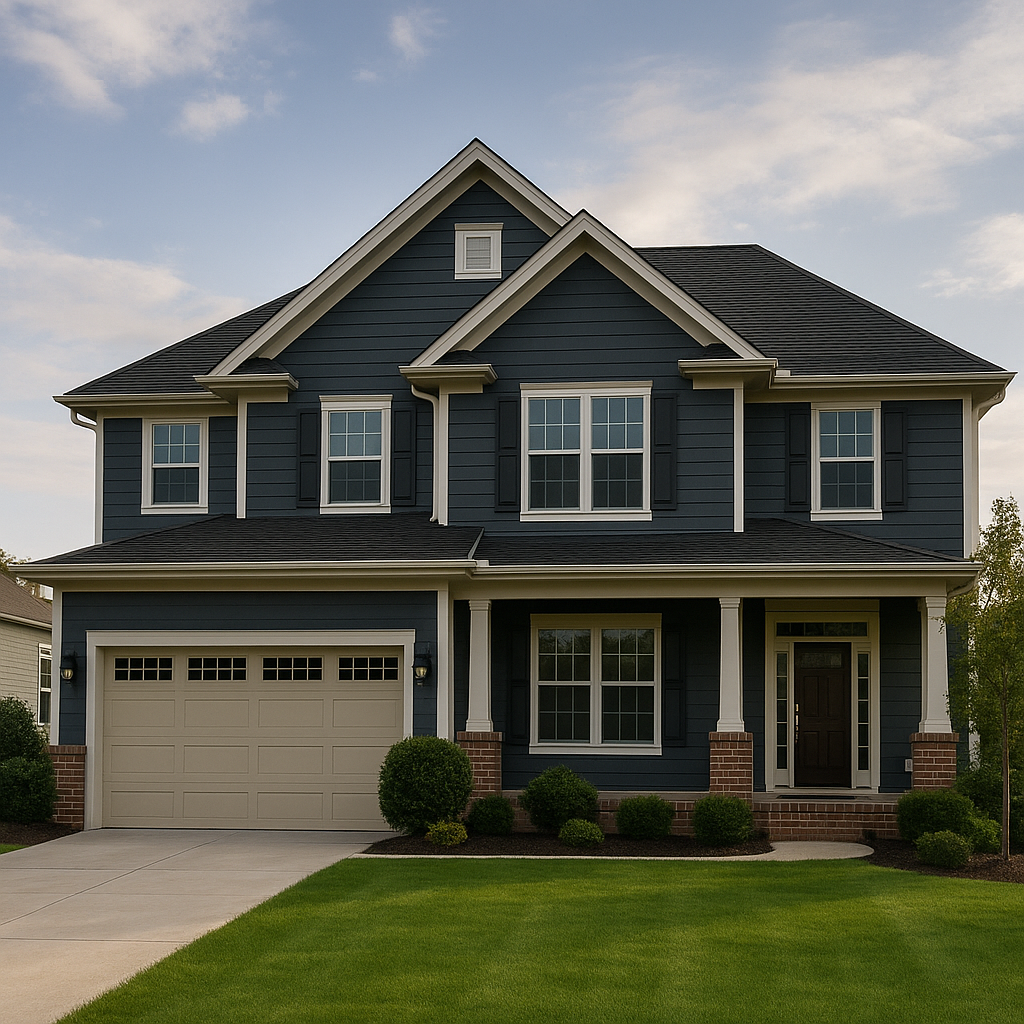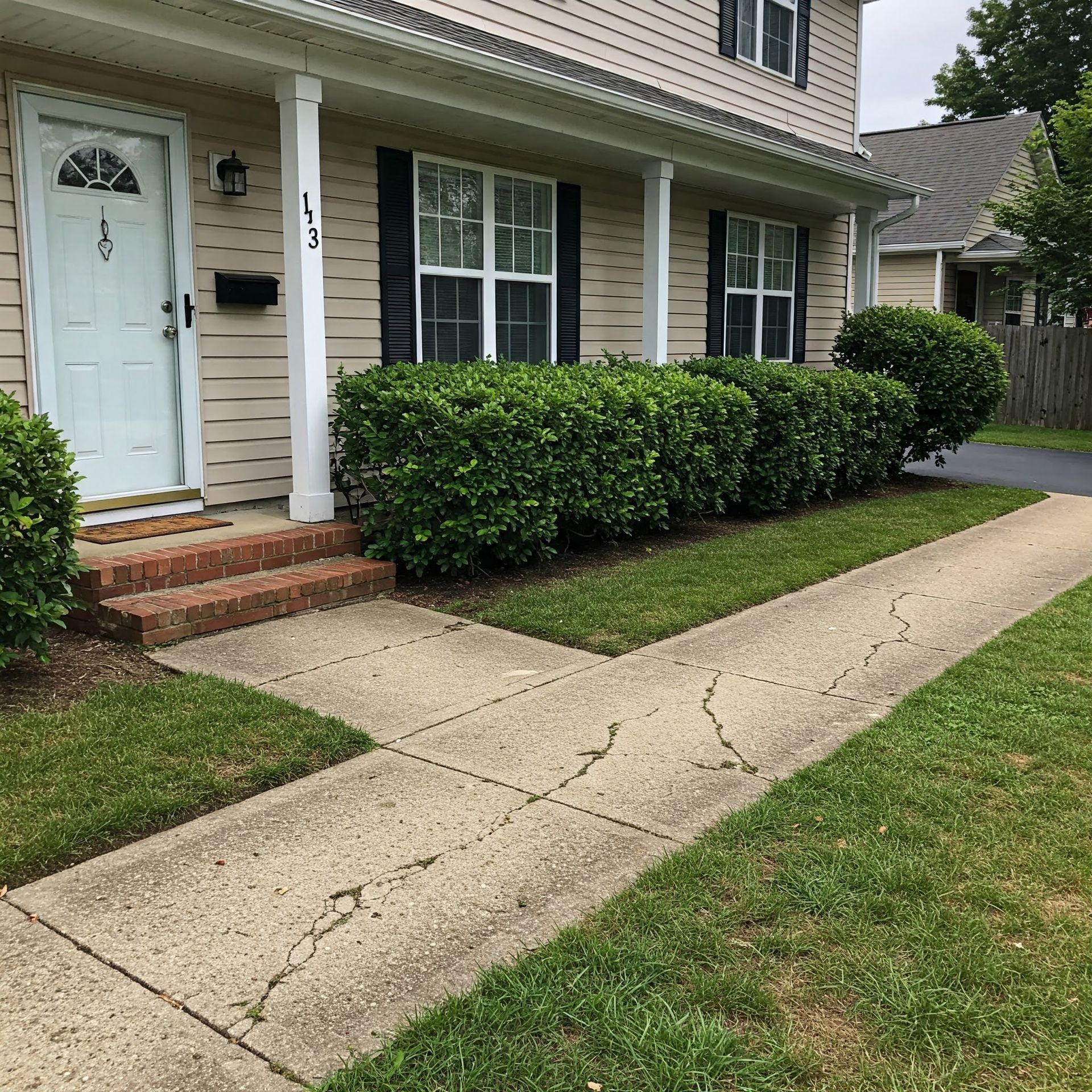What Do Home Inspectors Look for When Inspecting Bathrooms?
3-Minute Read
What Do Home Inspectors Look for When Inspecting Bathrooms?
Bathrooms may be some of the smallest rooms in the house, but when it comes to inspections, they pack a big punch. As home inspectors, we pay close attention to bathrooms because they’re a hotspot for water-related issues, safety concerns, and long-term maintenance needs. Here’s a look at what we focus on during a bathroom inspection and why it matters.
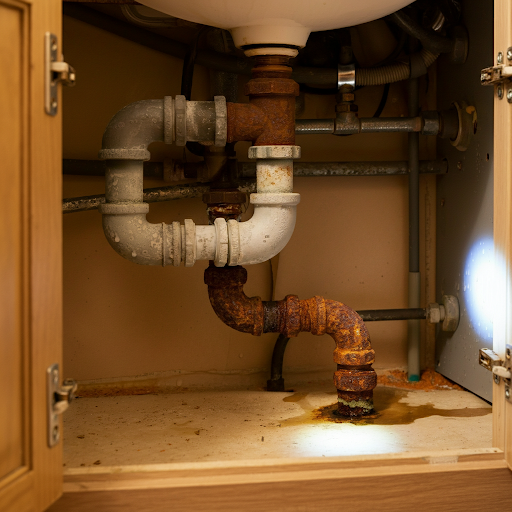
1. Plumbing Problems
The plumbing in your bathroom gets a lot of use, and even small issues can quickly turn into costly repairs.
During an inspection, we:
- Check for leaks under sinks, around toilets, and near the tub or shower.
- Test water pressure and drainage by running faucets, flushing toilets, and filling tubs.
- Look for signs of past water damage, such as warped cabinets or discolored walls.
Why It Matters: Leaks can lead to mold, mildew, and structural damage if left unchecked. Identifying plumbing issues early can save homeowners significant headaches (and money).
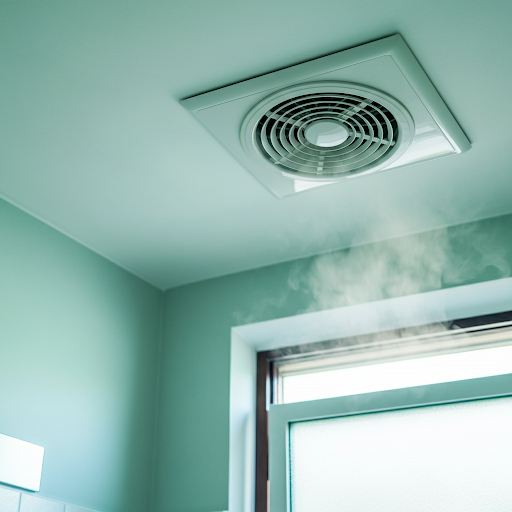
2. Ventilation
Bathrooms are naturally humid, which makes proper ventilation essential to prevent moisture buildup.
We inspect:
- Exhaust fans to ensure they’re functional and venting properly to the exterior (not just into the attic).
- Windows for operability and effectiveness as secondary ventilation.
Why It Matters: Poor ventilation can cause microbial growth, peeling paint, and even damage to drywall and fixtures.
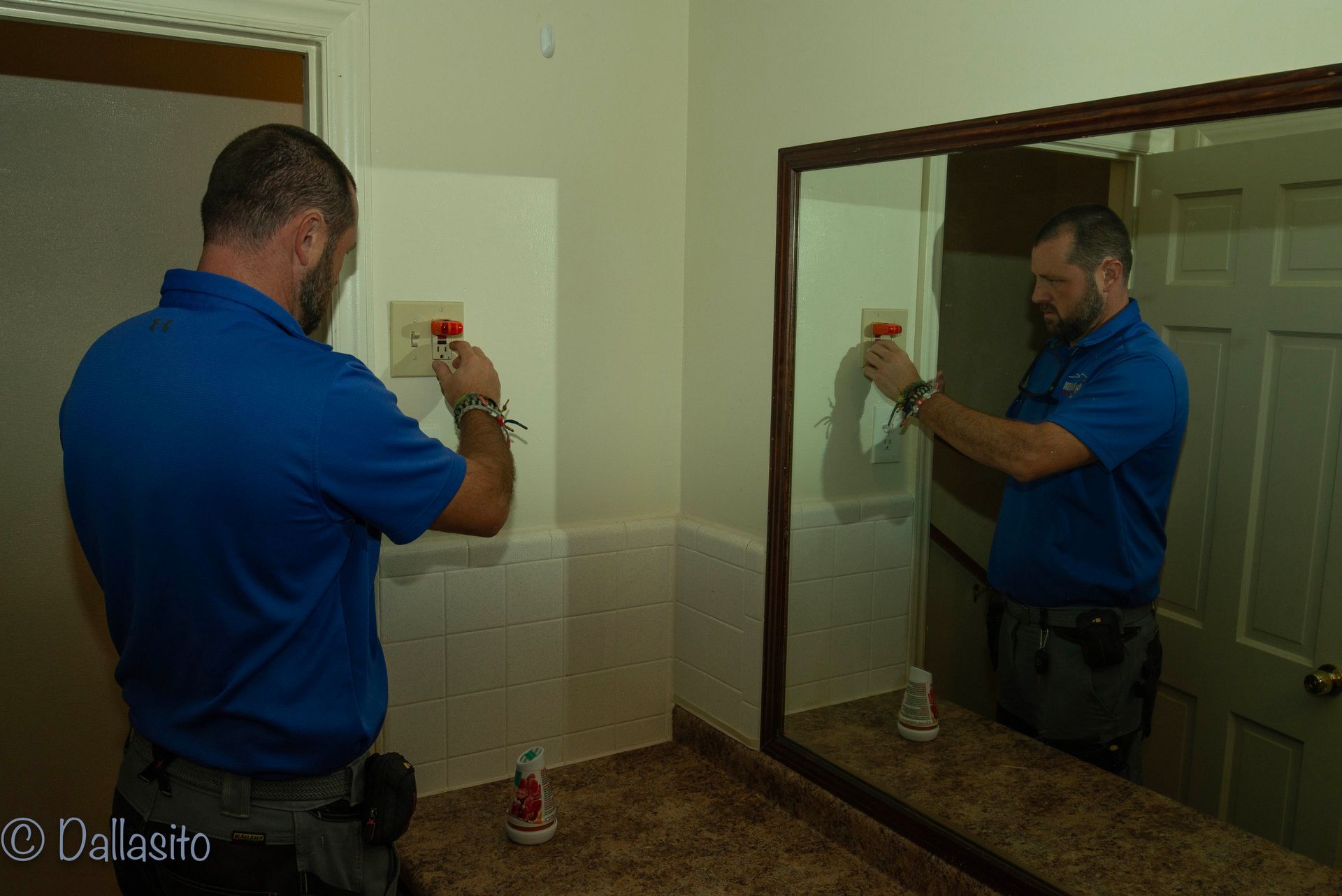
3. Electrical Safety
Water and electricity are a dangerous mix, so we’re especially vigilant about electrical safety in bathrooms.
We check:
- GFCI (Ground Fault Circuit Interrupter) outlets to ensure they trip properly when tested.
- The condition of light fixtures and switches to rule out any safety hazards.
Why It Matters: GFCI outlets are critical for preventing electric shocks in wet areas, making them a must-have in every bathroom.
4. Flooring and Tiling
We carefully inspect bathroom flooring and tile for signs of damage.
Here’s what we look for:
- Cracked or loose tiles that could allow water to seep underneath.
- Flooring that feels soft or spongy, which might indicate hidden water damage.
Why It Matters: Water that sneaks under flooring or tile can cause significant structural issues over time.

5. Fixtures and Hardware
Bathroom fixtures get a thorough once-over during the inspection.
We:
- Test faucets, showerheads, and tub spouts for functionality and leaks.
- Inspect toilets to ensure they’re securely fastened and not running continuously.
Why It Matters: Faulty fixtures not only waste water but can also lead to higher utility bills.
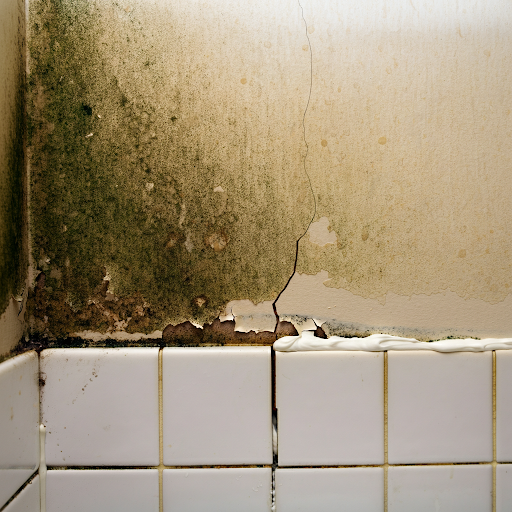
6. Walls and Ceilings
Bathrooms are prone to hidden moisture problems, so we:
- Look for water stains, peeling paint, or cracks in walls and ceilings.
- Check around tubs, showers, and sinks for gaps in caulking or grout that could let water seep in.
Why It Matters: Water damage behind walls or ceilings can lead to microbial growth and costly repairs.
The Bigger Picture
At the end of the day, our goal is to ensure your bathroom is safe, functional, and free of hidden issues. Bathrooms may seem straightforward, but their complexity means we leave no stone—or tile—unturned during our inspections.
FAQ's
Do home inspectors check for water pressure in bathrooms?
Yes, we test the water pressure by running faucets, flushing toilets, and operating showers to ensure consistent flow and proper drainage. If there’s an issue, we’ll note it in the report.
How can I prepare my bathroom for an inspection?
Make sure sinks, tubs, and showers are free of clutter, and verify that exhaust fans and GFCI outlets are functional.
Will the inspector remove tiles or fixtures?
No, inspections are non-invasive. We won’t remove tiles, fixtures, or access areas that aren’t readily available.
